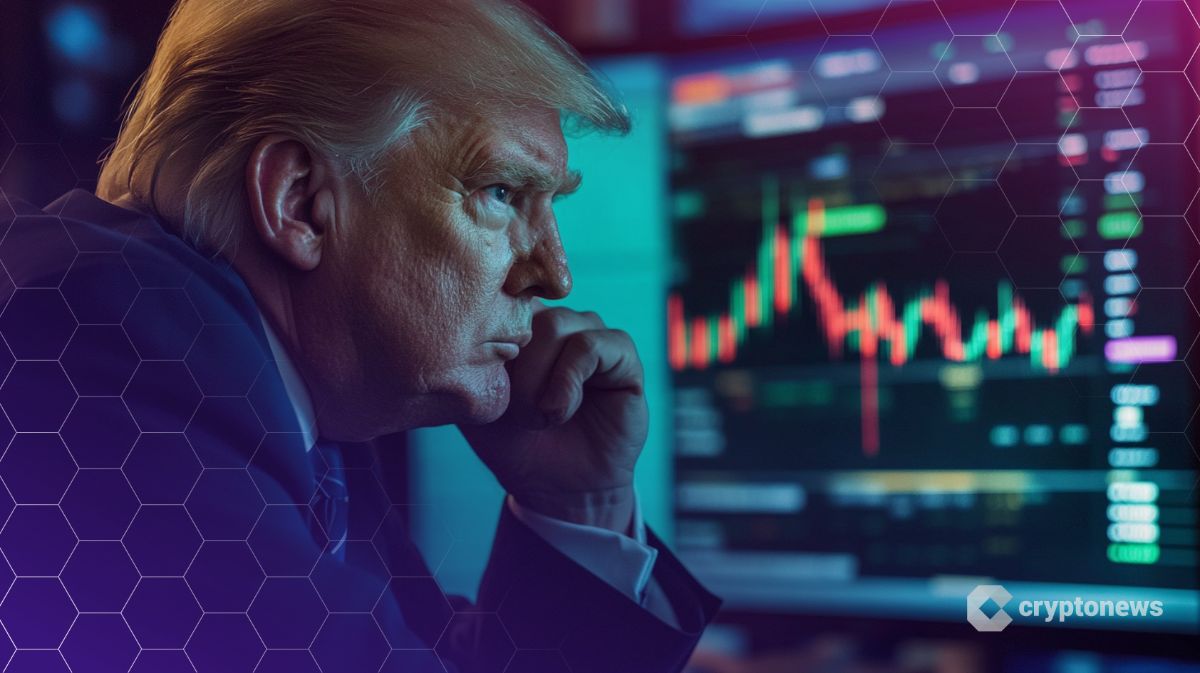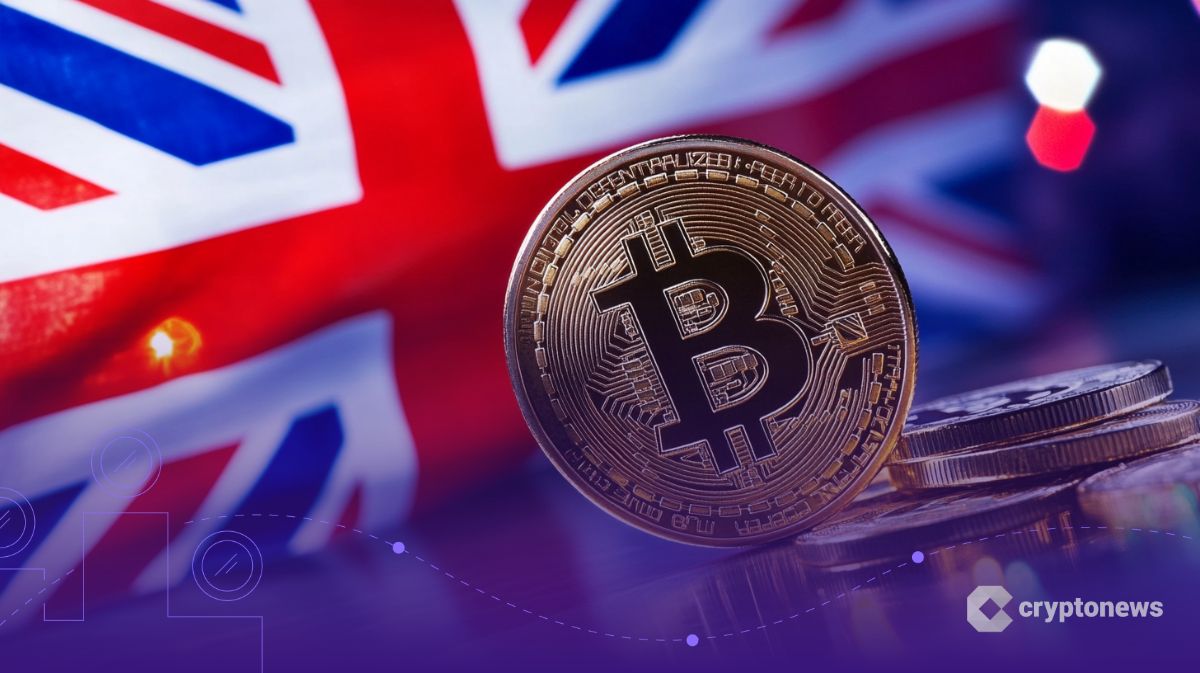Crypto Prices in Flux Ahead of Trump’s ‘Liberation Day’ Tariffs

Cryptocurrency markets are on edge as traders brace for the rollout of former President Donald Trump’s so-called “Liberation Day” tariffs, scheduled for Wednesday and Thursday.
Bitcoin prices rose modestly on Tuesday, but analysts say the outlook remains highly uncertain.
Shivam Thakral, CEO of India’s crypto exchange BuyUcoin, said in a note to Cryptonews that Trump’s tariff announcement could significantly impact the crypto market momentum. He added:
We have witnessed a high level of uncertainty in the global financial markets due to the trade tariff war, as the increased correlation between the traditional market and Bitcoin is clearly visible. BTC is trading below the $85,000 mark as investors are moving towards traditional assets to safeguard their wealth from the impact of the tariff trade war.
Bitcoin Fills CME Gap at $83K–$84K, Signaling Possible Trend Shift
Bitcoin recently closed a weekend CME gap in the $83,000 to $84,000 range, a move that traders often watch for short-term trend signals.
However, BTC has since slipped below its 200-day moving average. Low 24-hour liquidations, still under $250 million, suggest the market lacks strong momentum in either direction.
Conversely, if the tariff news is worse than expected, Bitcoin could test support levels at $79,000 — or drop as low as $73,000 if fear dominates market sentiment.
The current long-to-short ratio near 50-50 underscores just how divided traders are.
Trading volumes have been low in recent weeks, and the Fear & Greed Index remains in “fear” territory — often seen as a sign of a potential market bottom.
In a recent blog post, former BitMEX CEO Arthur Hayes noted:
If my analysis of the Fed’s major pivot from QT to QE for treasuries is correct, then Bitcoin hit a local low of $76,500 last month, and now we begin the ascent to $250,000 by year-end.
10X Research Warns Bitcoin Could Drop Back to $73K
A similar outlook came from 10X Research earlier in March, warning that Bitcoin could revisit $73,000.
The firm noted retail investors flocked to meme coins during Bitcoin’s post-election rally in January, likely marking a market top. They suggested Bitcoin now needs a new catalyst to sustain upward momentum.
As for how tariffs might directly impact Bitcoin, James Butterfill, head of research at CoinShares, explained in a February report that they are likely bearish in the short term.
“Unlike gold, bitcoin has a growth component, meaning it reacts to economic trends and liquidity cycles,” he wrote.
Slower growth and rising inflation could drag on Bitcoin until the market adjusts to long-term macro shifts, such as potential stagflation.
In that scenario, Butterfill believes Bitcoin could outperform stocks once rate hikes become unsustainable in a weakening economy.
The post Crypto Prices in Flux Ahead of Trump’s ‘Liberation Day’ Tariffs appeared first on Cryptonews.



